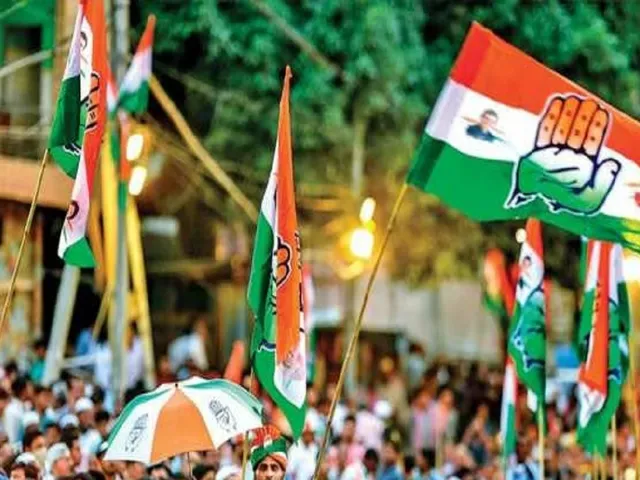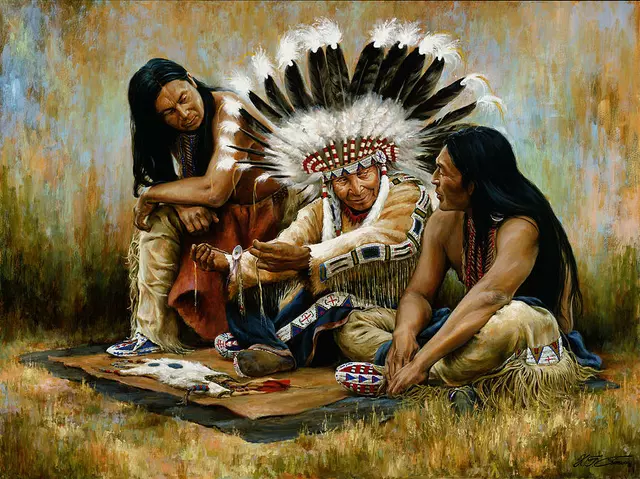British Raj: A Quick Look at History and Legacy
Ever wonder why some Indian cities still have British‑style buildings or why English is spoken everywhere? It all goes back to the British Raj, the period when Britain ruled the Indian sub‑continent. This guide breaks down the who, what, when, and why in plain language, so you can see how that era still matters today.
Key Phases of British Rule
The British presence started with trade companies in the early 1600s, but it turned into full‑blown rule after the 1857 revolt – often called the Sepoy Mutiny. That rebellion led the Crown to take direct control, marking the official start of the Raj in 1858.
From then on, the British set up a civil service, built railways, and introduced new laws. They also created a system of provinces and princely states, letting some local rulers stay in charge if they pledged loyalty. The turn of the 20th century saw the rise of Indian nationalism: groups like the Indian National Congress began demanding more say in governance.
World War II was a turning point. India contributed millions of soldiers, but the war also exposed Britain’s weakened grip. After the war, the British decided to leave, and in 1947 the sub‑continent was divided into two independent nations – India and Pakistan.
How the Raj Shaped Modern India
Even though the British left over seven decades ago, their impact is still visible. The railway network, for example, was built to move troops and goods across the empire; today it’s the backbone of India’s transport system. English, once the language of the admin, is now an official language and a key skill in the job market.
On the flip side, the Raj also left challenges. Land revenue policies favored large landlords, creating economic gaps that took years to address. Legal codes introduced by the British still influence Indian courts, sometimes clashing with traditional practices.
Culture-wise, you’ll find British‑style tea houses, cricket pitches, and even school uniforms across the country. These quirks are reminders of a past that mixed Indian traditions with British habits.
Understanding the British Raj helps you see why India looks the way it does today – from its bustling metros to its legal system. It’s not just history; it’s the foundation of many everyday things you might take for granted.
So the next time you hear someone talk about “the Raj,” you’ll know it’s more than a period on a timeline. It’s a complex mix of infrastructure, language, law, and culture that still shapes modern India. Curious to learn more? Dive into specific events, personalities, or reforms – each piece adds to the bigger picture of how the British Raj still echoes in today’s India.
How did the British influence Indian cuisines?
The British influence on Indian cuisine is undeniable. During the British Raj period in India, the British introduced new ingredients and cooking styles to Indian cuisine. This included ingredients like potatoes, tomatoes, and chili peppers as well as curry powder and other seasonings. British chefs also introduced dishes like kedgeree and mulligatawny soup. Indian cooks adapted these dishes and ingredients, creating their own versions of British classics. As a result, Indian cuisine today is a mix of British and Indian flavors and cooking techniques.
Latest Posts


Is “The Times of India” a pro-Congress or a pro-BJP newspaper?
By Arvind Chatterjee Jul 29, 2023

What kind of Indians tend to hate the United States, and why?
By Arvind Chatterjee Mar 29, 2023

India Voice?
By Arvind Chatterjee Feb 8, 2023

